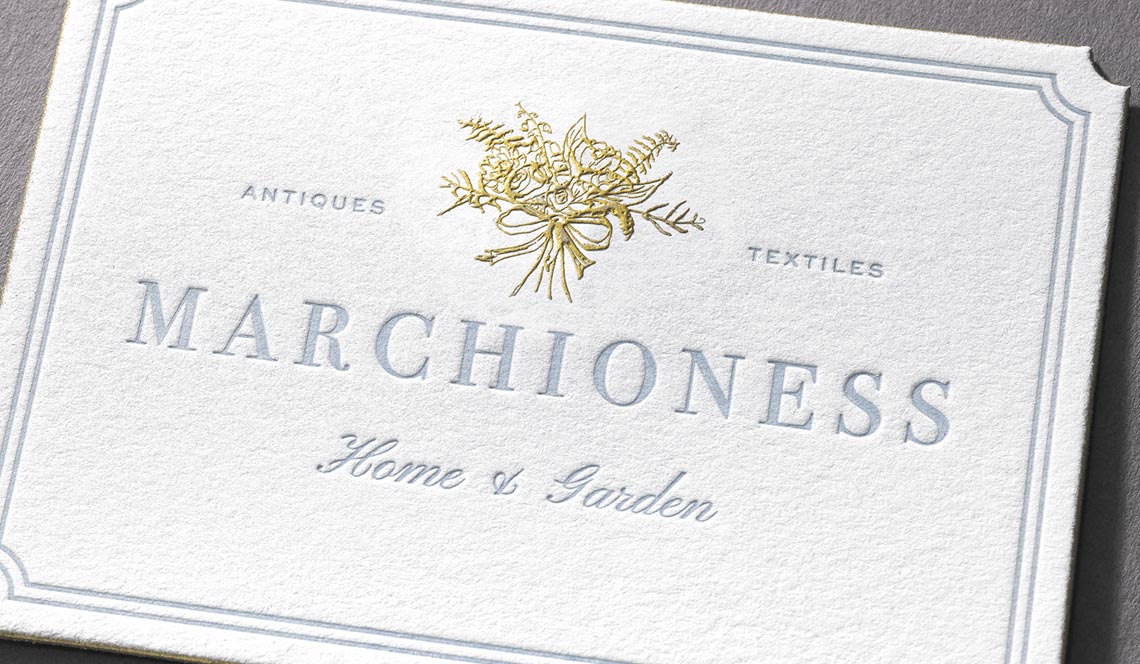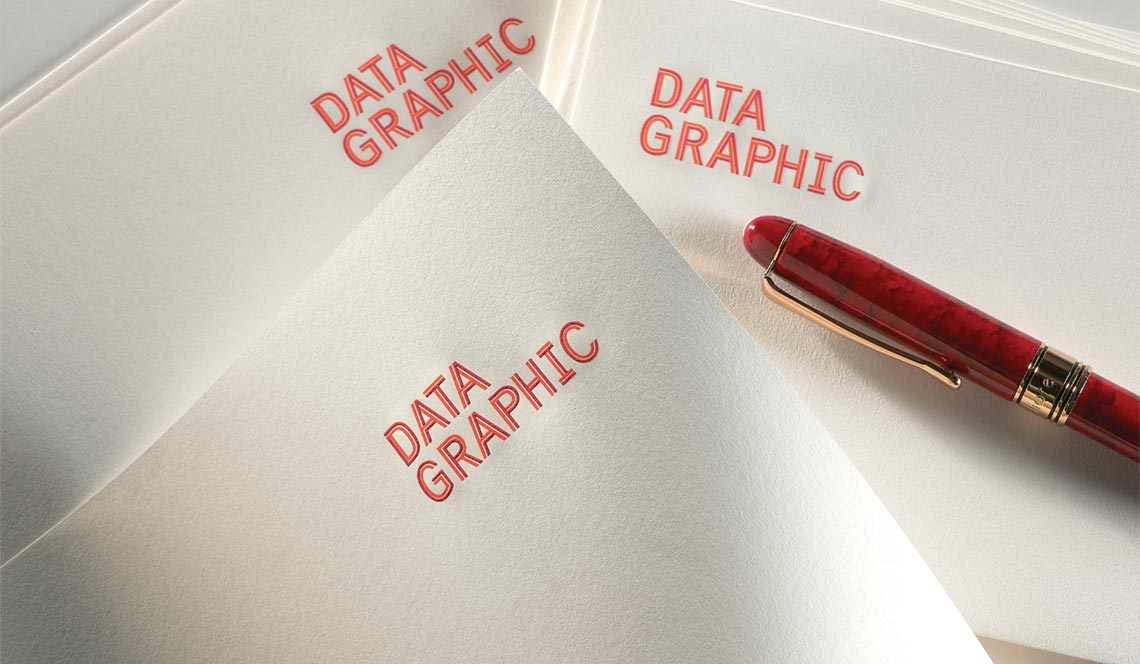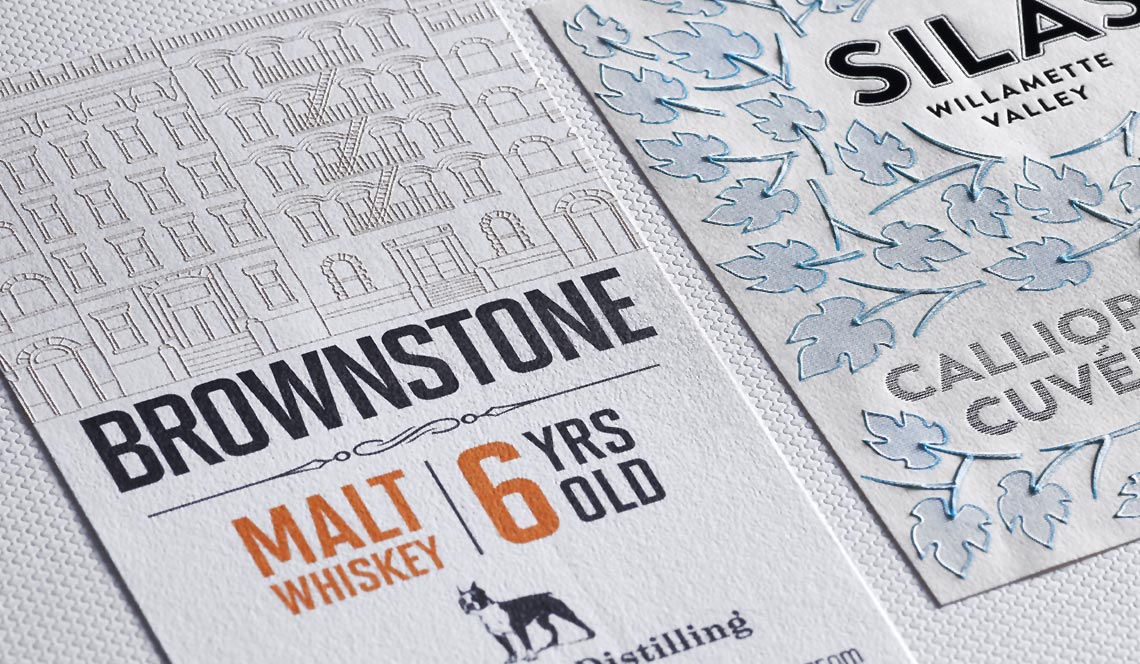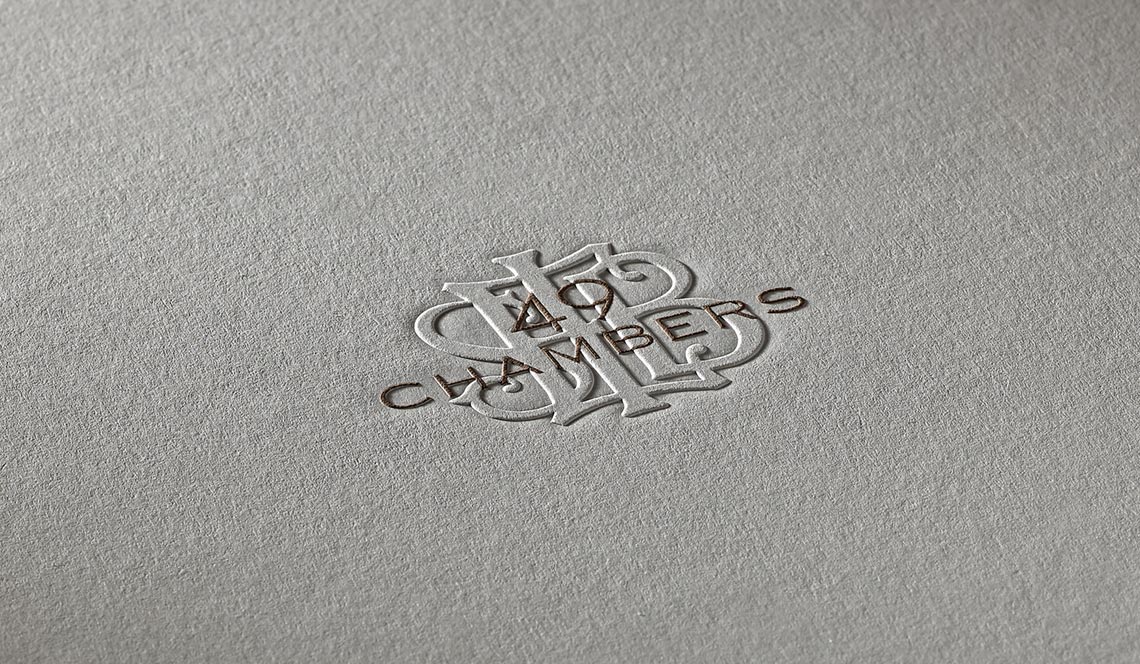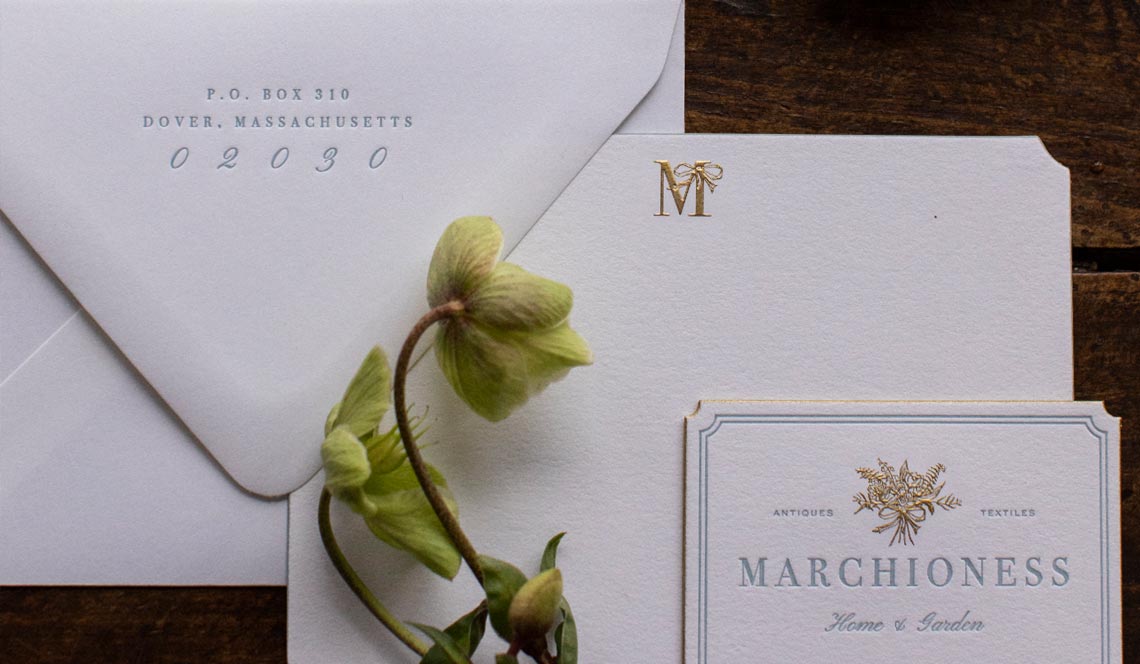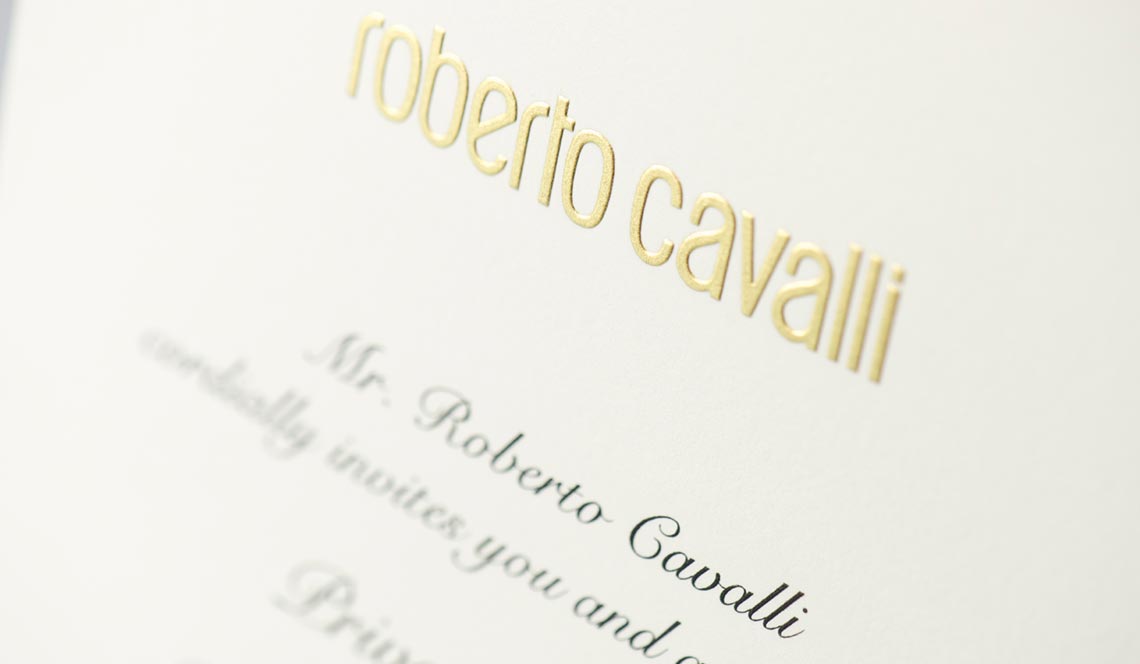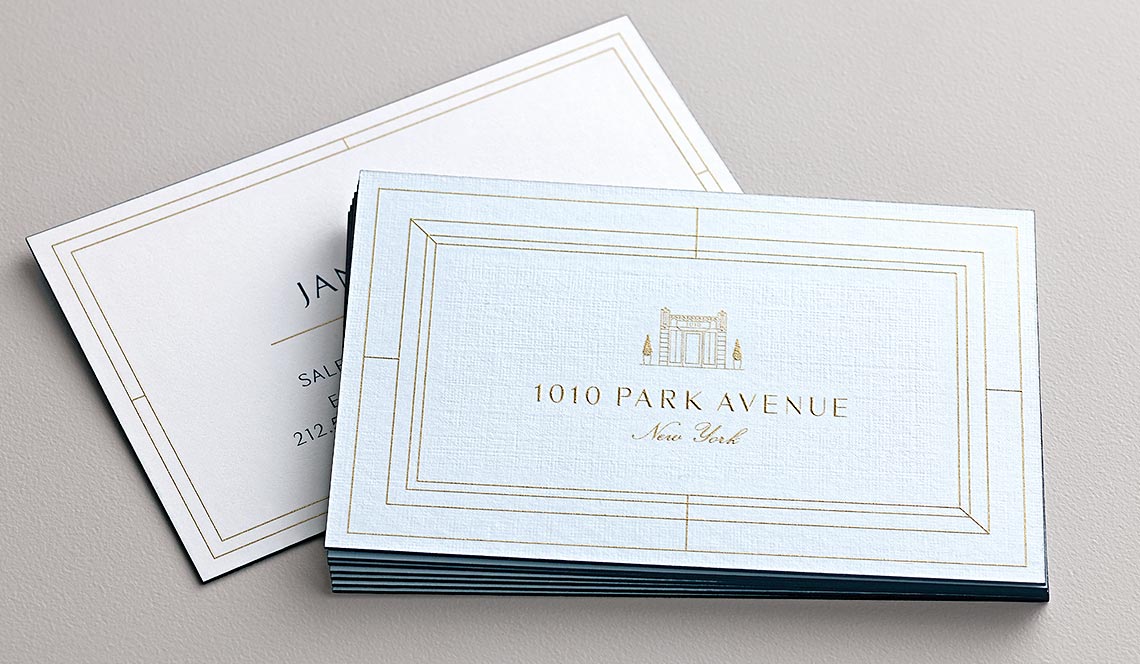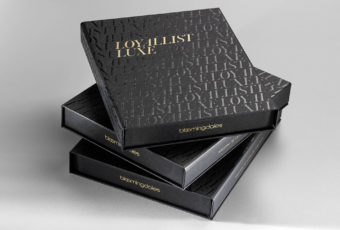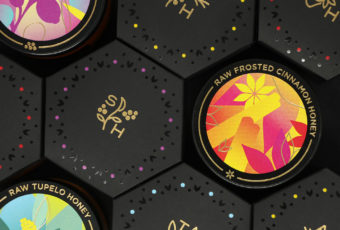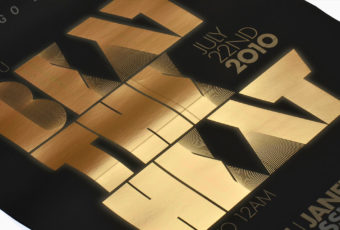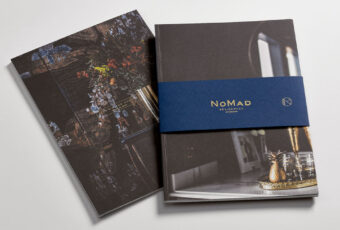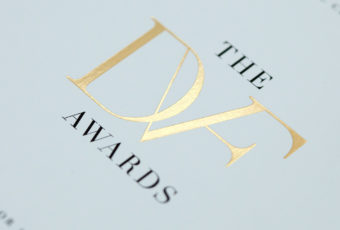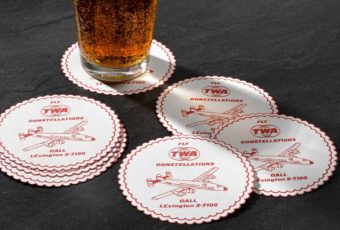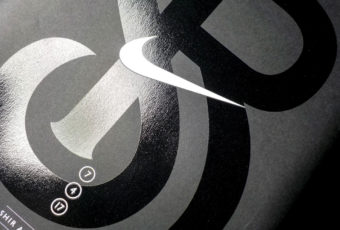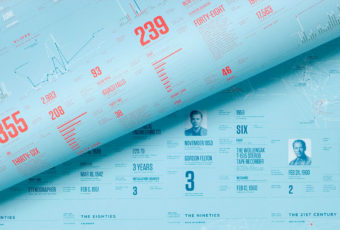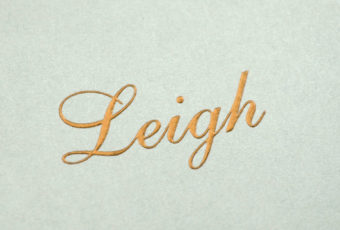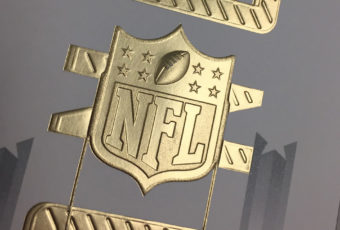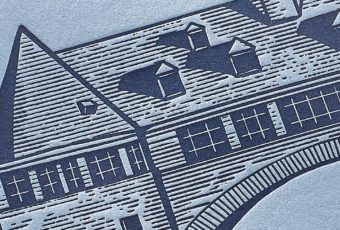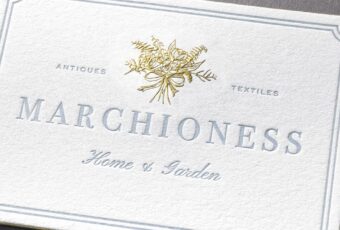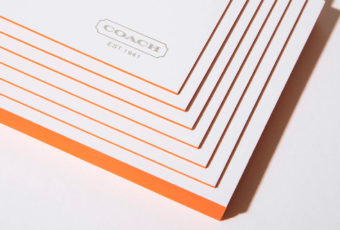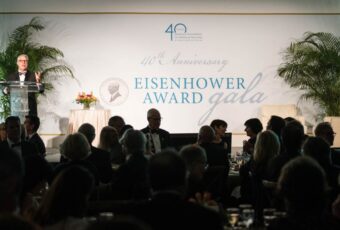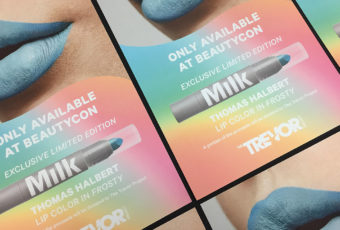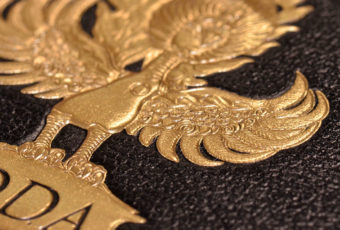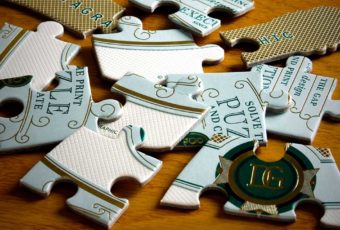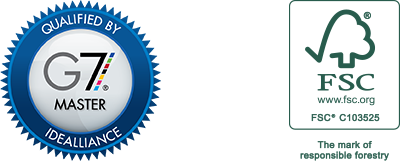The Eternal Elegance of Engraving
If “pressure makes diamonds,” then engraving truly is the rare gem of print. From wedding invitations to law firm announcements, engraving produces visually stunning results that elevate your image and bring importance to your message.
Quick Links:
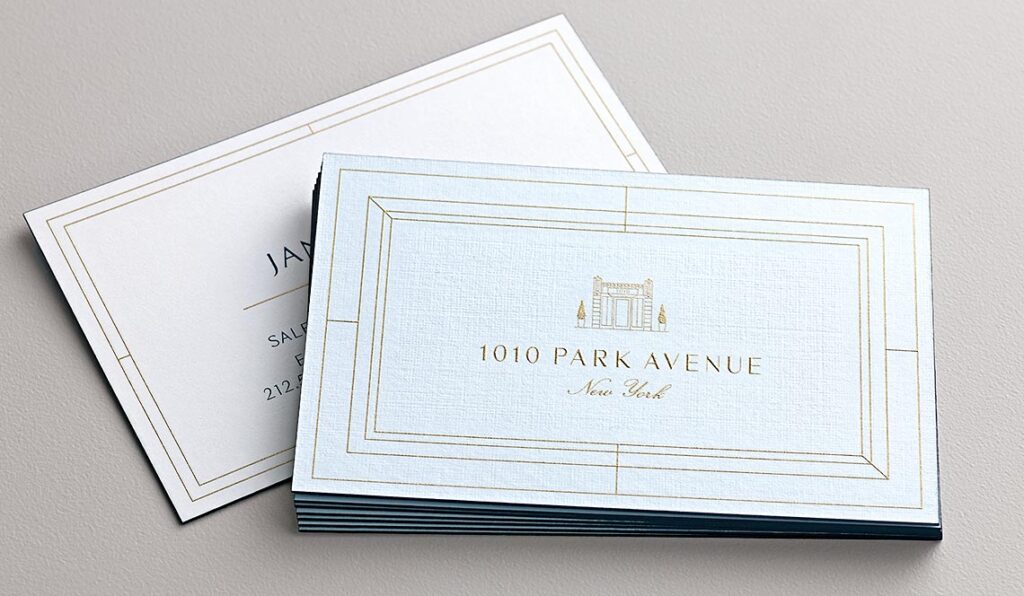
What is Engraving?
Engraving is an age-old printing process that involves etching a design or text onto a metal plate, filling-in the etched grooves with ink and then pressing the design onto paper under high pressure. This process creates a raised impression on the paper, resulting in a tactile and visually striking effect.
Automatic presses can run at speeds between 4,000-5,000 impressions per hour. Hand-fed presses are much slower at around 1,000 impressions per hour on average, which is more practical for a small run, such as an invitation or note card.
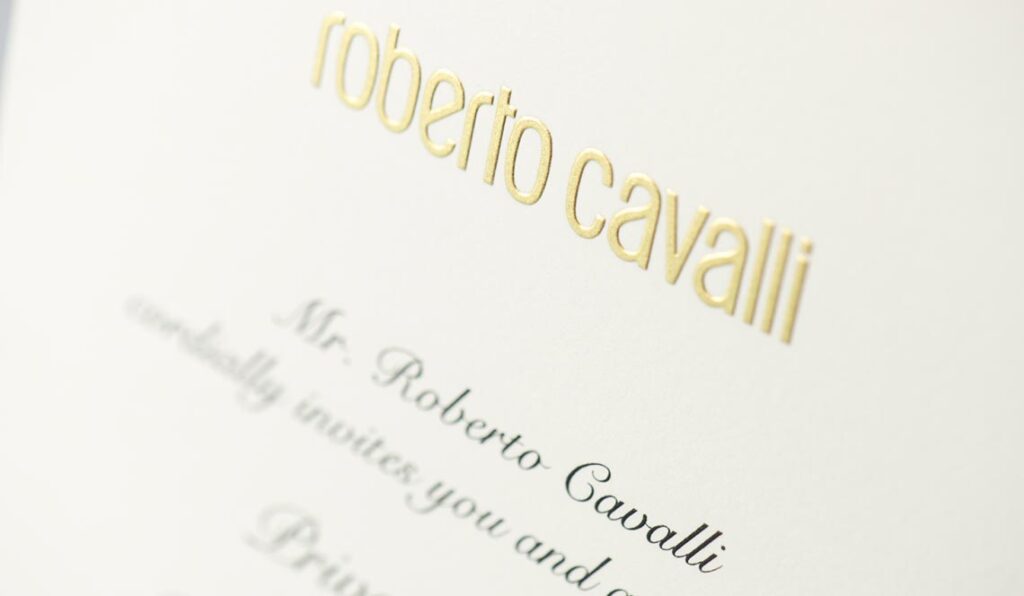
Engraving Inks
From bold-colored pigments to true metallics, engraving inks are more opaque than lithography inks, for example. Because of this, engraving is great for small designs or delicate type. It is also great for printing a light color (for example, white, cream, or aqua) onto a dark stock, or for printing tone-on-tone, which matches an ink color and substrate for a subtle, raised effect.
We mix our metallic inks in-house by combining metallic particles (gold, silver, copper, etc.) with a clear substance called an “extender.” Burnishing, which counts as its own press pass, makes surfaces engraved with metallic inks appear smoother and shinier. For larger areas, we may recommend screening the art within the die floor, to avoid ink puddling.
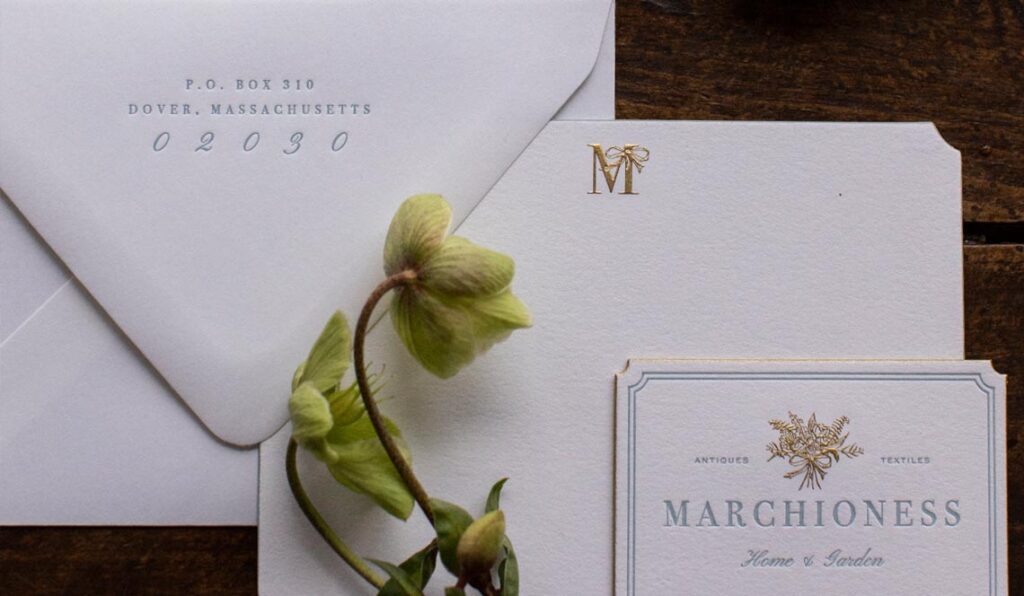
Popular Uses for Engraving
Engraved stationery is known for its elegance and timeless appeal. It is often associated with formal occasions, executive correspondence, or personal notes where a high level of quality and sophistication is desired. The process lends itself well to intricate designs, custom monograms, and fine typography, making engraved stationery a popular choice for those seeking a distinctive and personalized touch to their communication materials.
Below are some examples of printed items that are commonly engraved:
- Wedding Invitations: Engraved wedding invitations often feature intricate decorations, elegant typography, and personalized details such as monograms or motifs. The raised impression created by engraving adds a luxurious touch to these special occasions.
- Holiday Cards: Engraved holiday cards are cherished for their timeless appeal. They often feature festive designs and heartfelt messages that, when elevated with engraving, make each sentiment feel that much more special.
- Menus and Wine Lists: Engraved menus and wine lists are often found in upscale restaurants, hotels, and wine bars where details make all the difference. The tactile quality of engraving enhances the dining experience and reinforces your establishment’s commitment to quality.
- Letterheads and Stationery: Engraved letterheads and stationery are commonly used for formal business correspondence that need to make an impression. The crisp, raised text and designs on high-quality paper exude professionalism and attention to detail.
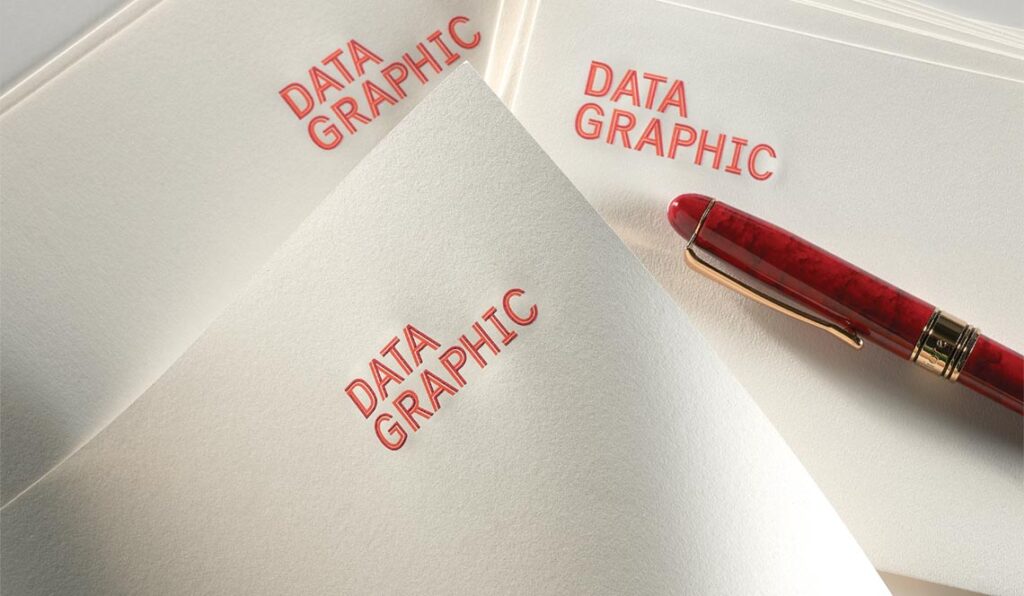
Why We Love Engraving
Engraving, by the very nature of how it is produced, is a tactile medium. It is traditional and elegant on handmade cotton papers, but can also look casual and even hip when used with different substrates. In addition, we can engrave on stocks that can’t be fed through a lithography press, opening up your designs to new possibilities. We also love that metallic inks, when engraved and burnished, can turn paper into fine jewelry.
Contact us today to learn how you can elevate your next printed piece through the timeless art of engraving.
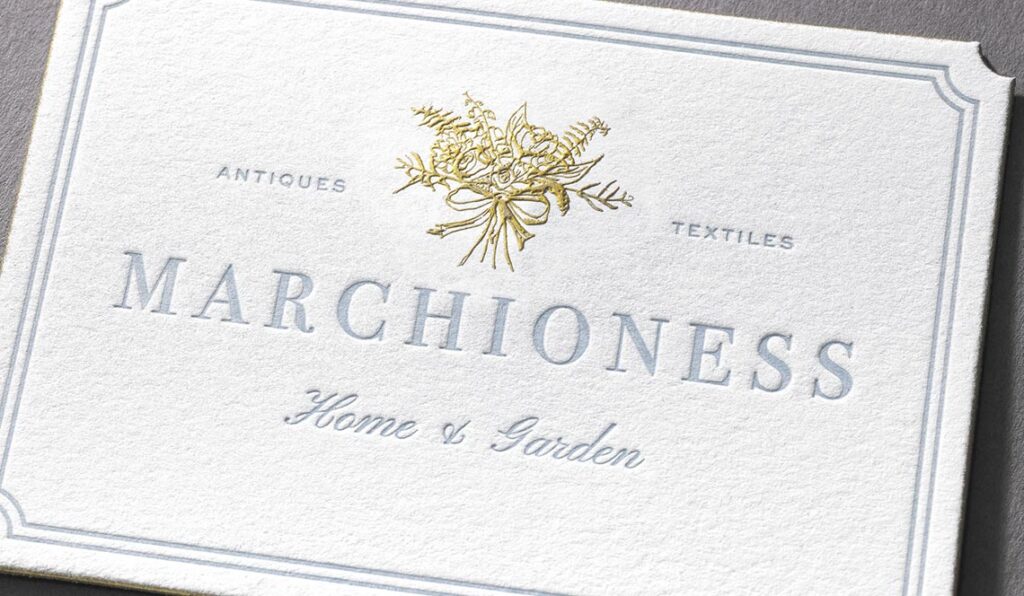
Engraved Items We Produce
- Wedding Invitations
- Law Firm Announcements
- Engraved Stationery
- Labels and Hang Tags
- Holiday Cards
- and More
Ready to produce your own engraved stationery?
Click here to request a quote for engraving. Not sure what paper or inks are best suited for your project? We love collaborating with brands on print projects! Our designers can help you source the best inks, paper stocks and finishing options. Call 631-489-6032 today!
